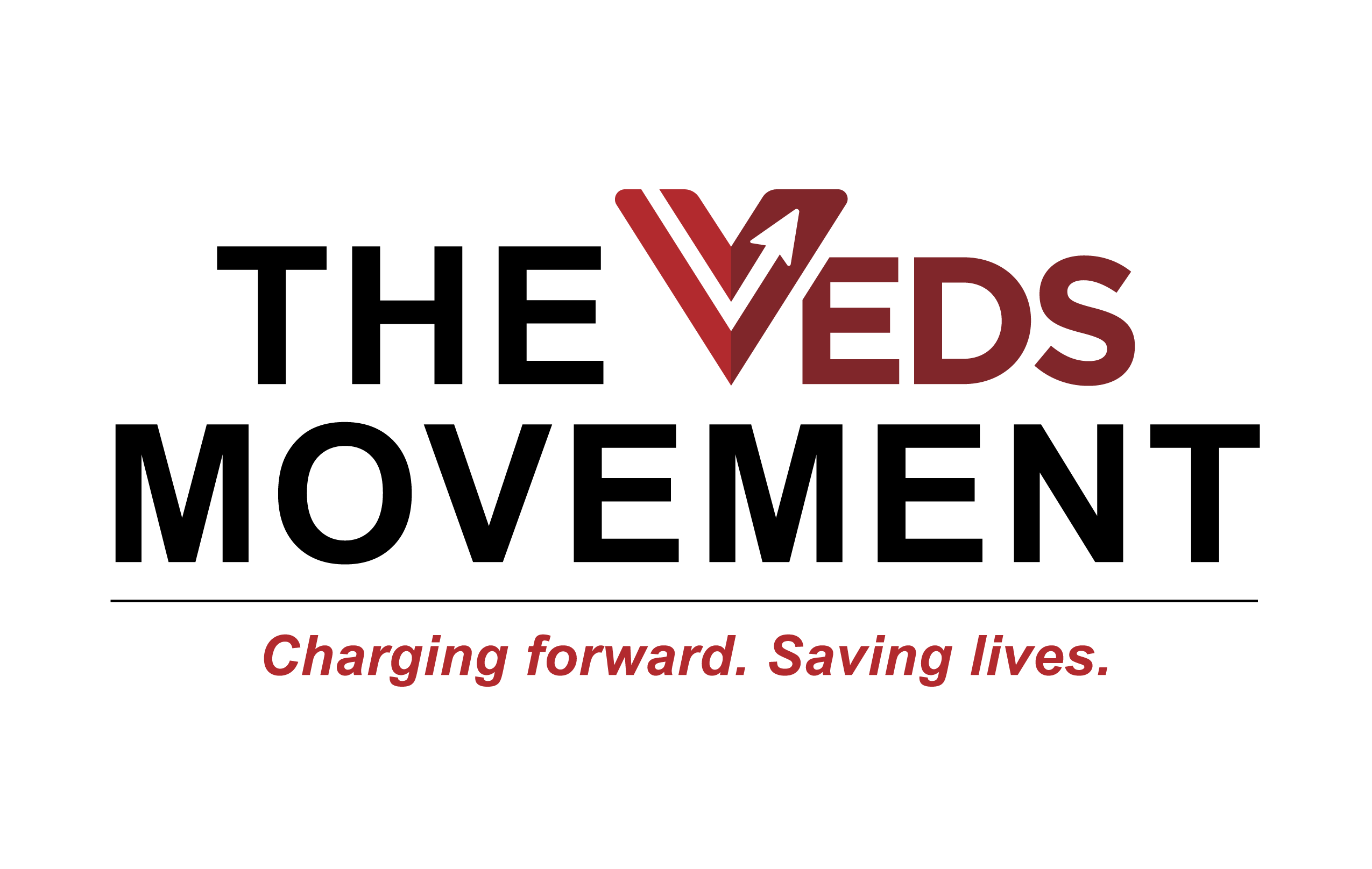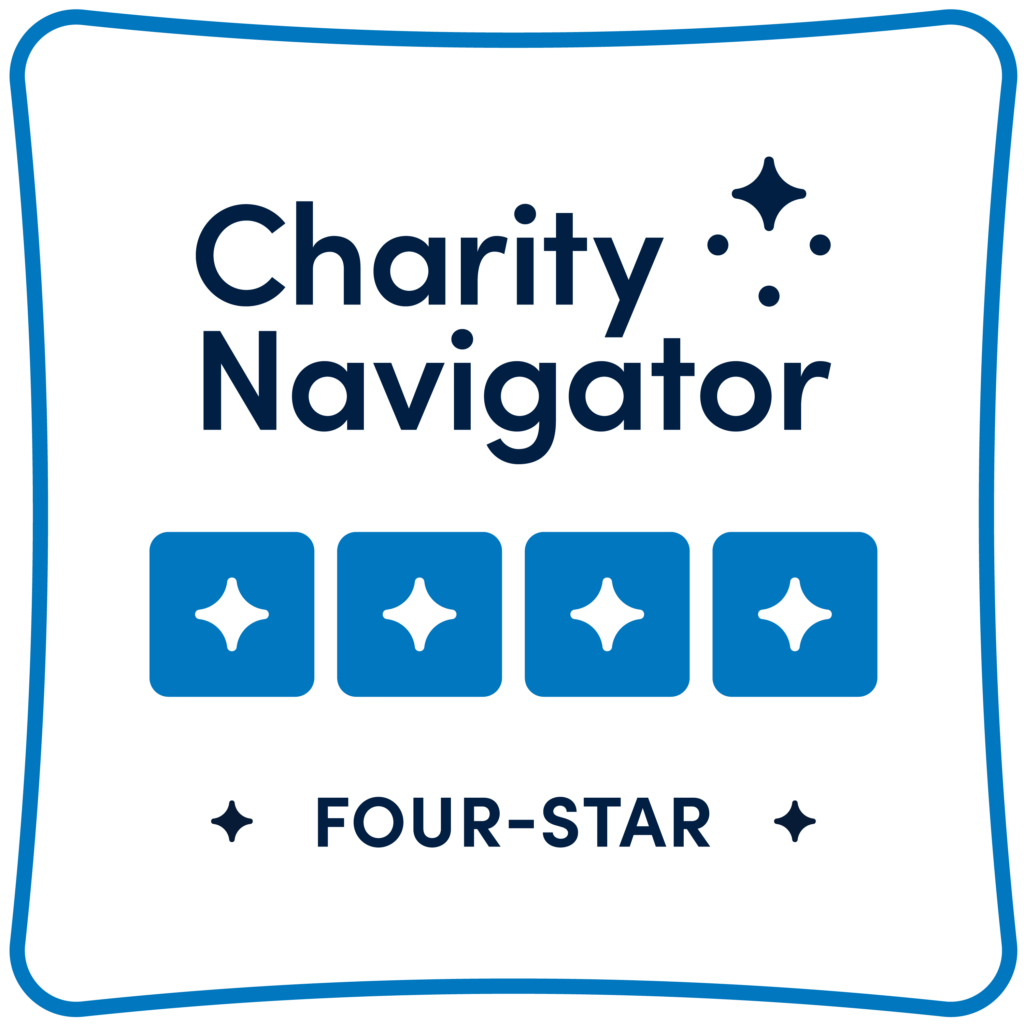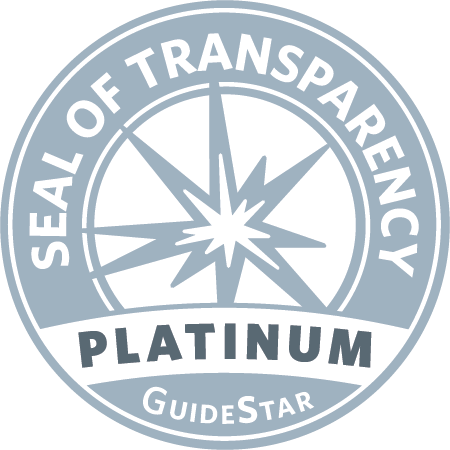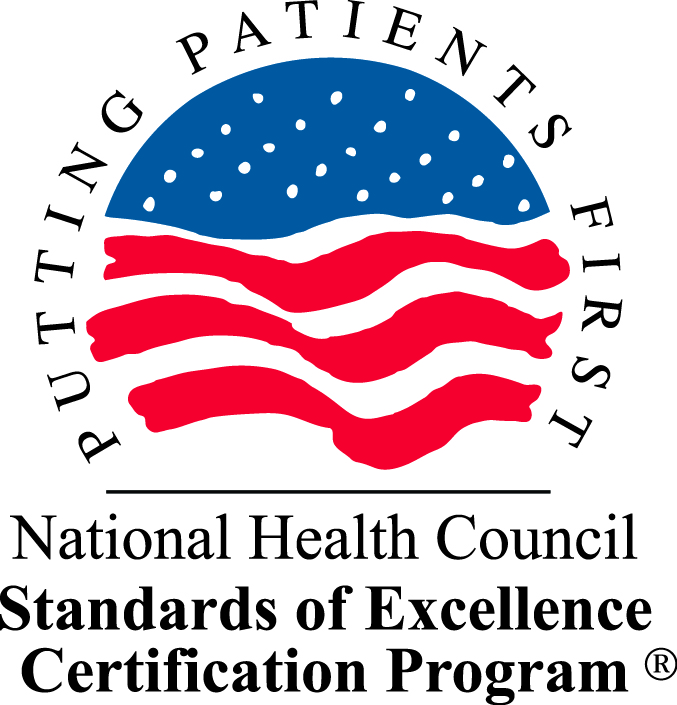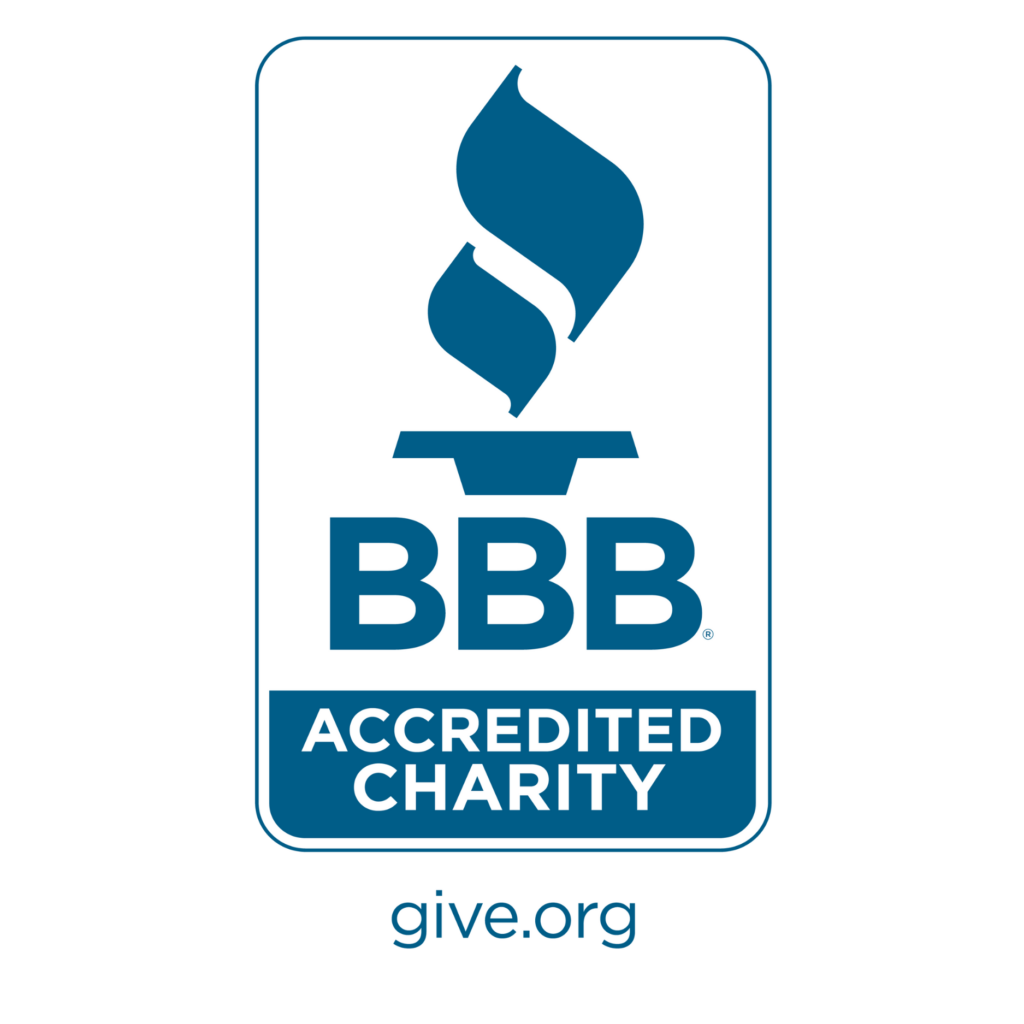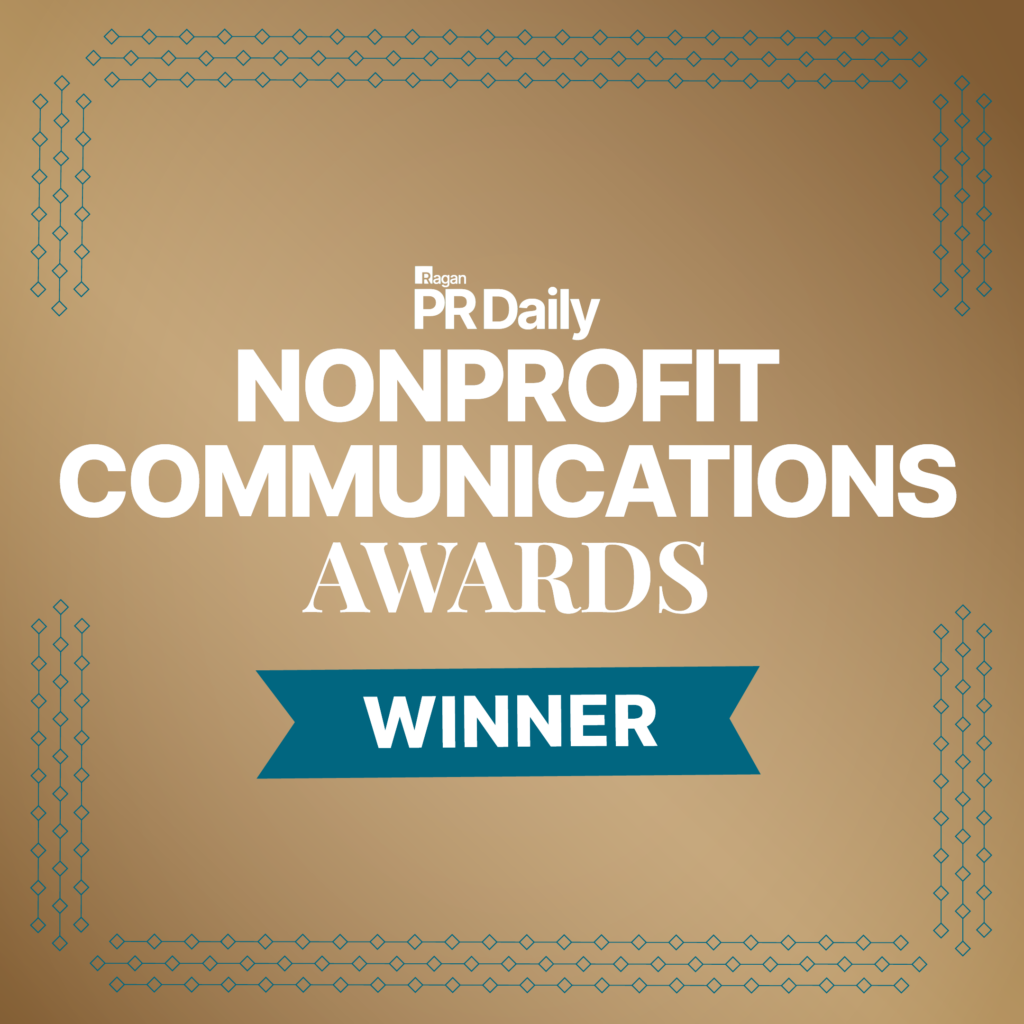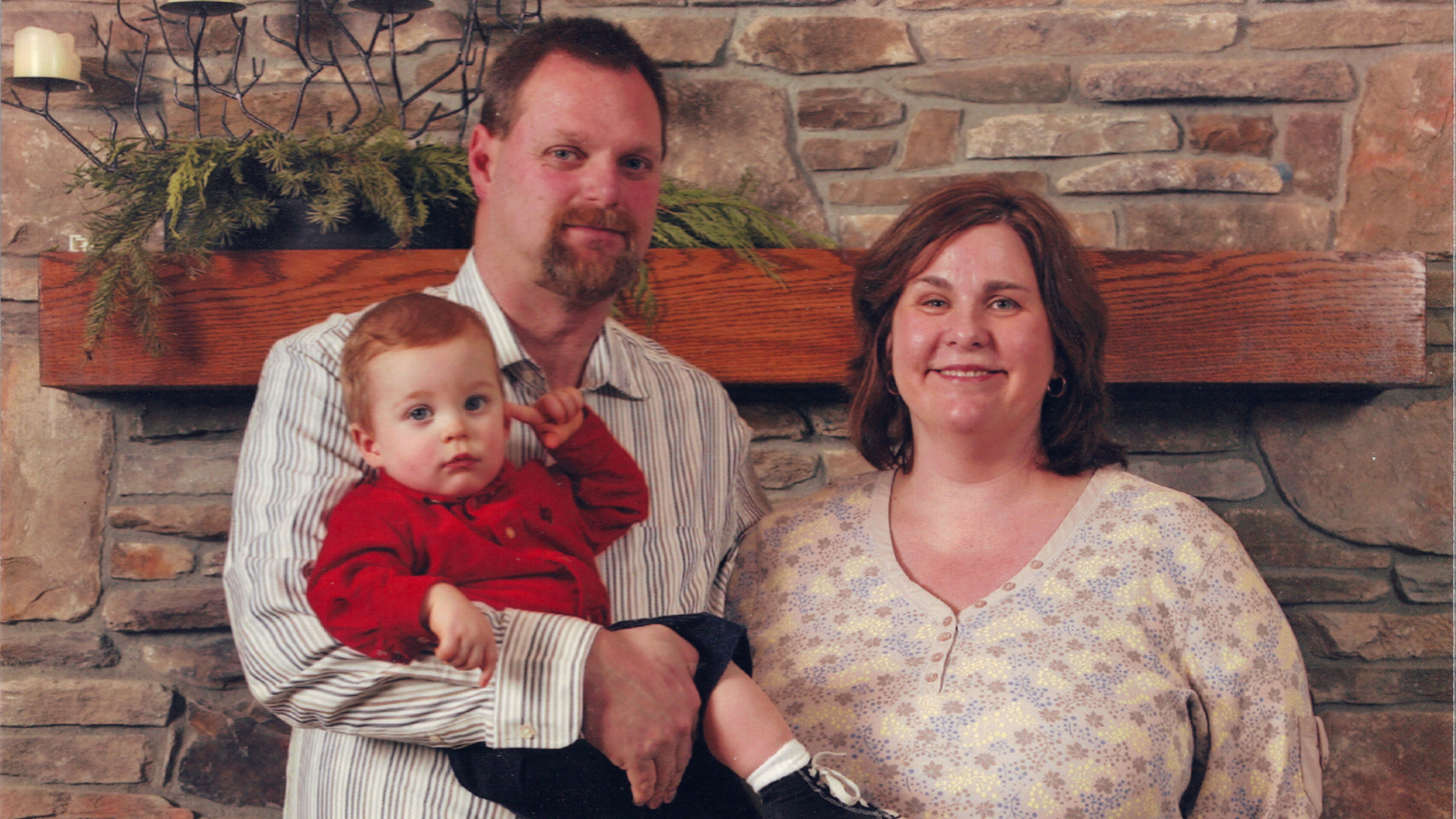
Tom was convinced or was maybe convincing himself, that he did not have VEDS, couldn’t have VEDS. He had played football, did heavy lifting, worked outdoors climbing and lugging lumber, and never had anything go wrong. Additionally, he believed testing was worthless because there was no treatment, no cure. He figured having the diagnosis meant living life as a ticking time bomb. His brother’s surgery in early 2006 didn’t go well. He died from post-surgical complications.
I first learned about Vascular Ehlers Danlos Syndrome in 2005, when my future husband’s brother, who had been genetically confirmed positive, was scheduled for an experimental vessel replacement surgery at The Cleveland Clinic in early 2006. My future husband, Tom, was skeptical (to say the least) about this plan and told me he thought it was a bad idea. In fact, Tom was skeptical about everything related to VEDS; the family had been told many showed facial characteristics, joints, skin, and digestive signs, and testing everyone in the family had been suggested. There were two additional brothers who had tested positive, and their father, who died of an aneurysm, was presumed to have had a spontaneous mutation.
In December of that same year, our first child was born. I had too little amniotic fluid. I was at an advanced age, two months shy of 45 years old when I gave birth at 36 weeks. I assumed these problems were related to my age, but later discovered they’re related to VEDS. The delivery was by cesarean and a little difficult because the baby was “stretchy.” My heart just broke when I heard the word stretchy. I remembered back when Tom, trying again to convince himself he didn’t have VEDS, said, “Look at my skin; it’s not stretchy!” He grabbed and pulled the skin at his bent elbow, and it stretched from his bones far, far, more than I could stretch mine.
Everything started to become clear. I knew VEDS was part of us now. Of course, this was all an emotional reaction. I had no proof, no concrete information, and no genetic test results to tell me definitively this was really happening. And yet, I felt I knew. Steph was not much like my other three children: there were many, many feeding problems, digestive problems, abnormal motor development, terrible allergies, and chronic respiratory and ear infections.
After about two and a half years of these health issues, I wanted Steph to have genetic testing. Tom decided it made more sense for him to be tested first. Shortly after deciding this, several VEDS-related and other events began; a benign thyroid tumor that was biopsied (probably unrelated but definitely unexpected), a full tendon rupture in his right arm, and then a mild stroke that was attributed to an atrial septal defect (ASD – an open hole between the chambers of his heart). A heart catheterization to close the ASD was scheduled for early December 2010. They thought otherwise he was at risk of another stroke. In hindsight, I’m convinced this wasn’t the cause of the stroke. It was a VEDS event. The genetic testing would be put off until after this procedure.
Immediately following the heart procedure, Tom kept saying that something felt wrong. Originally, they planned on sending him home that same day. Because his pain level continued to increase, they decided to keep him overnight. The doctor who did the ASD repair told Tom he needed to “get up and start moving around.” At that point, Tom told me, “I’m going to die.” I don’t like to admit it, but I wasn’t fully aware of what VEDS really does to a body, what it meant to be bleeding internally if you had VEDS. I figured the doctor would know if he was in danger, and nobody seemed too concerned, so I figured he was exhausted or unfamiliar with the expected pain level. I was so, so wrong.
He was given something for the pain, and we both fell asleep. In the middle of the night, I awoke to a doctor and a nurse repeatedly trying to get a blood pressure reading on him. In minutes they transferred him to the ICU. Again, Tom told me he was going to die. I told him I wasn’t going to let him die. They knew his chest cavity was filled with blood, and they drained it with a needle. They removed an enormous amount of blood. When I saw the blood, I knew he was right, that we wouldn’t go home together. There was a group of doctors standing outside his open door, huddled in a circle, speaking so quietly I couldn’t hear what they were saying. I just sensed they were stumped, uncertain, and didn’t know what they were seeing. They came into the room, and one of them introduced himself, saying that Tom needed immediate open-heart surgery because he had massive internal bleeding and to not worry. He’d done thousands of these, and Tom was in good hands. Tom told me he didn’t want to have the surgery. Looking back on it, he obviously knew he was dying, and sometimes I feel like I didn’t step up and advocate for what he wanted. When his brother had died after his failed repair, Tom told me never, EVER, put him on life support.
Everything happened too quickly. Everyone else was making the decisions because I was in a daze. There was nothing I could do. I could not stop time. I couldn’t discuss Tom’s wishes with the doctors. They thought this would work. They saw that seemingly strong, young person. We had nothing in writing, no advanced directive. Minutes were ticking, and he was bleeding out. My oldest daughter, Clara, walked in just as they wheeled Tom to surgery. She looked shocked and perplexed. The doctor told us to say goodbye. We kissed and said we loved each other; the surgeon handed me Tom’s wedding ring and wheeled him away. That was the last time I saw him awake; those were our last words to each other. The surgery didn’t go well. His brothers and my adult kids stood vigil with me. Sometimes, his dear brothers slept on the floor. I couldn’t leave him; didn’t want to go home without him.
After several days, we removed life support. Watching this animated, loving, seemingly strong, and healthy young, 42-year-old father, stepfather, uncle, brother, son, and husband, whose life should have been completely lived, lost to Vascular Ehlers Danlos Syndrome, was excruciating. It seemed too sudden, too cruel, and so unreal. It sounds cliché but I really felt like I was having a bad dream, but I knew I was awake. We were all devastated. His poor child, his poor mother, his poor family, and his friends. How could this be? How could this happen to the family again? He died three days before Steph’s 4th birthday. We postponed the funeral to the day following the birthday. Nobody should have their dad buried on their birthday. The number of people who came forward to support us during this trauma was incredibly comforting. I couldn’t have gone through it in one piece without that support. We buried Tom near his brother.
That next month, in January 2011, I had Steph tested. I was more certain than ever that the result would be positive for VEDS, but I held onto a glimmer of hope, only to find out there was no doubt. Over the next several years, the family would lose five more people, ages 25-49, to VEDS. My Steph turns 17 in December and grew up without a father.
I hate what VEDS did to us, but VEDS is part of what makes us the people we are. How can I hate a part of what makes someone I love so wonderful, right? I try to turn my despair, confusion, and anger into gratitude. Grateful for the good things we know, the love that loss brings out in people, the deepening of faith that loss can bring, the strength of relationships, and the appreciation of each day, good or bad. Reframing my thinking this way helps me to stay grounded and focused on the now, on reality. It’s too easy to ruminate and turn toward fear. I’m refusing to live in fear. Fear has a purpose, and it’s an important part of survival, but it’s also a crippling burden if left unchecked. This has been a lonely road at times, especially since Steph’s life has been so deeply impacted by VEDS. I wish so often that I had a way to know what to do, to have a road map available that could help us navigate life with these issues.
We are doing our best, doing what we can to stay awake, listen and respond, and offer support and love to the community. Keeping up with routine care, imaging, and following the advice of Steph’s specialists is very important. Helping Steph navigate the world as a human being with intrinsic value, a person with gifts and unique abilities, is paramount. Living with VEDS in the here and now is vital because that’s all we really have. Everything else, past and future, is memory or speculation. What’s really in front of us takes enough effort from us, so I am to stay in the present.
I am so grateful that we have this community walking alongside us. I’ve learned so much about VEDS, about parenting a child with VEDS, and about strength and determination from the VEDS community. We are also very blessed to have Steph’s uncle, who is living with VEDS, walking alongside us, lending an ear, helping me with care decisions and life decisions, and always loving us, even when he and I disagree.
I thank God for each and every one of the VEDS community and want you to know I am here for you, too.
